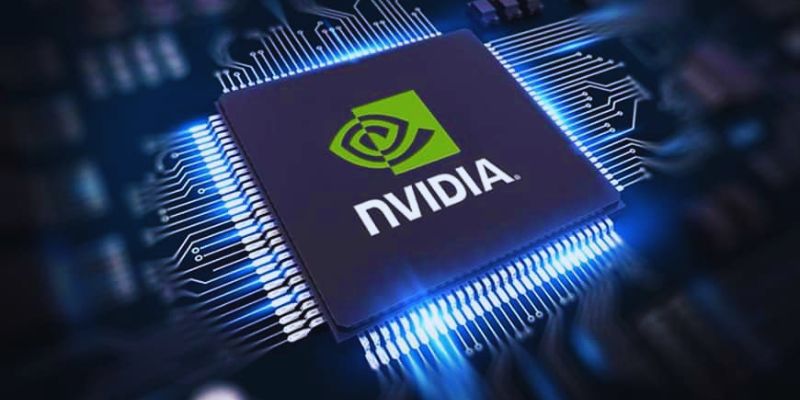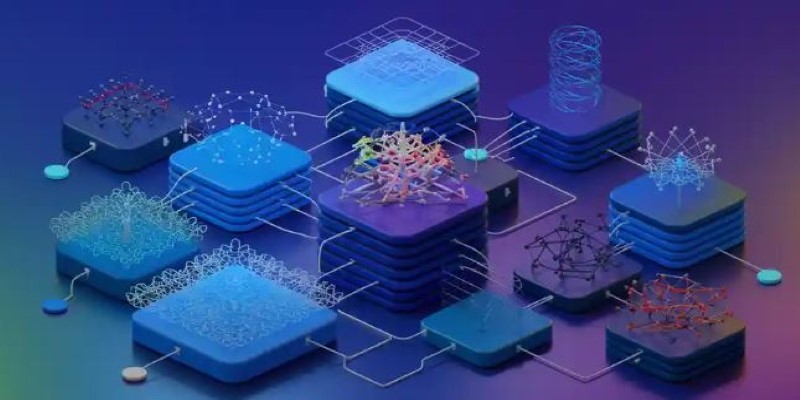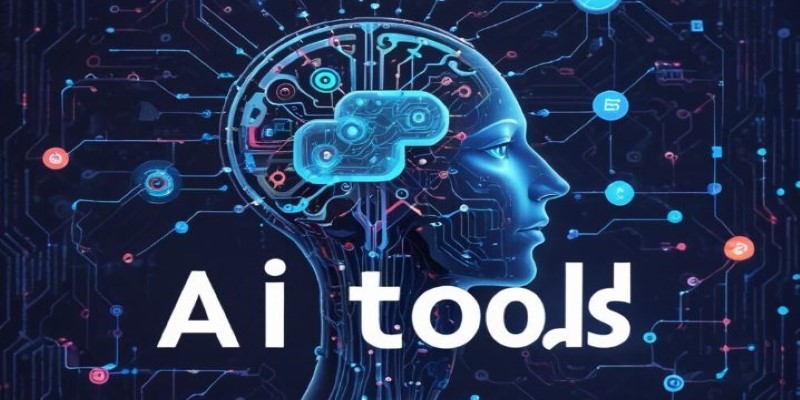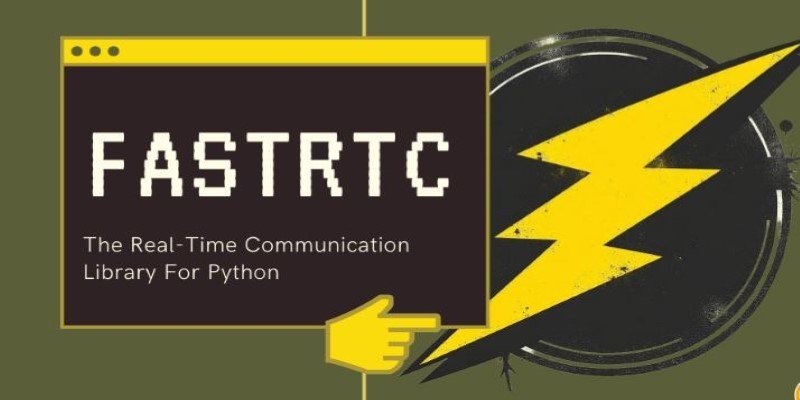Advertisement
Intel and Nvidia are leading the way in developing robust systems-on-a-chip (SoCs) specifically for artificial intelligence workstations. By aggregating multiple essential components into one chip, these tiny yet mighty CPUs enable artificial intelligence processing and produce faster, more efficient, smaller gadgets. As artificial intelligence becomes increasingly relevant, researchers and developers depend on proper hardware.
Intel's and Nvidia's latest SoCs accelerate AI tasks, including training models and forecast generation, while conserving energy and lowering heat. These advances will allow artificial intelligence professionals to function smarter and faster. This guide investigates the special features of these SoCs and the reasons behind their relevance for the expansion of artificial intelligence.
A system-on-a-chip, or SoC, is an extremely compact integrated computer chip that combines multiple essential components into a single piece of silicon. Unlike conventional computers that use separate chips for the CPU, graphics processing unit, memory, and other parts, a SoC merges all these components into one chip. This design drastically reduces the device’s size and power consumption. Though they are already finding their way into more potent computers like artificial intelligence workstations, SoCs are ubiquitous in smartphones and tablets.
Faster part communication made possible by all components on one chip increases speed and energy economy. It means that the chip can manage vast volumes of data and intricate computations more rapidly and fluidly for use in artificial intelligence. Thus, SoCs are essential in modern computing for artificial intelligence since the output is AI systems running without lag or latency.
Intel designed its latest system-on-a-chip specifically for artificial intelligence workstations. Combining several CPU cores with specific AI acceleration units helps this innovative semiconductor easily manage large artificial intelligence loads. Crucially for artificial intelligence development, these AI units accelerate procedures, including machine learning and neural network computations. The processor's large memory capacity enables it to manage enormous volumes of artificial intelligence data without slowing down.
Intel has concentrated on power efficiency so that the chip runs cool and lets workstations run longer without overheating. The chip also offers fast data flow, allowing artificial intelligence models to quickly access kept data or interact across networks. Intel wants to strike a mix between energy consumption and raw performance. Hence, this SoC is a great option for experts looking for robust, flexible AI machines compatible with common AI software frameworks.

Nvidia's latest system-on-a-chip reflects its reputation for mastery in graphics processing and artificial intelligence technologies. This chip blends fresh AI-oriented processing units with Nvidia's potent GPU capability. Nvidia created it to speed up inference, where AI uses knowledge to make predictions. It also accelerates AI training, where machines learn from vast datasets.
Advanced architectures of Nvidia's SoC enable it to handle several jobs simultaneously, a major benefit for artificial intelligence applications needing parallel processing. The chip also includes AI-specific tools that help developers create, test, and run AI models faster. Large AI models and data-heavy workloads depend on rapid communication networks and high-bandwidth memory, which this offers. To make AI development more scalable and accessible, Nvidia intends to use its SoC in big data centers and smaller AI workstations.

AI workstations are specialized computers that assist the demanding activities of artificial intelligence research and development. Unlike standard computers, AI workstations include strong hardware, including CPUs, GPUs, and even dedicated SoCs, to handle the difficult computations that AI demands. Training and testing artificial intelligence models—often involving massive data analysis and concurrent processing of multiple computations—require these devices, making them indispensable.
Faster hardware saves time waiting for AI models to develop or generate predictions. In several vital sectors, including health, robotics, and self-driving cars, this faster pace increases output and facilitates faster invention. By accelerating research and increasing dependability, artificial intelligence workstations also enable the transfer from the lab into practical uses of innovative AI technologies. New, more efficient SoCs from Intel and Nvidia will enable AI workstations to become increasingly more powerful and reasonably priced, allowing more users to work on advanced AI projects.
Intel's and Nvidia's fresh SoCs offer various advantages:
Intel and Nvidia's newest systems-on-a-chip for artificial intelligence workstations represent a major advance. These SoCs enable faster and more seamless running of AI activities by combining strong processing units with energy economy and small architecture. They support professionals by enabling powerful AI tools, managing massive data efficiently, and facilitating development. These chips increase production and cut expenses with greater integration and robust software tools. Such advanced hardware will be crucial to meet fresh needs as artificial intelligence technologies develop. With their creative SoC solutions, Intel and Nvidia are helping define the overall direction of artificial intelligence workstations.
Advertisement

What is HuggingChat and how does it differ from ChatGPT? Discover how this open-source AI chatbot offers a transparent, customizable experience for developers and researchers

Learn the different types of attention mechanisms used in AI models like transformers. Understand how self-attention and other methods help machines process language more efficiently

Vision Language Models connect image recognition with natural language, enabling machines to describe scenes, answer image-based questions, and interact more naturally with humans

Learn about constructors in Python, their types, and rules. Discover how constructors in Python help initialize objects and simplify class design for cleaner code

How to encourage ChatGPT safety for kids with 5 practical strategies that support learning, creativity, and digital responsibility at home and in classrooms

From how ChatGPT writes our podcast to how ransomware decryption works, and why the mobile phone turning 50 matters—this article explains the links between AI, security, and communication

Looking for beginner-friendly places to explore AI tools? Discover the top 9 online communities for beginners to learn about AI tools, with real examples, clear guidance, and supportive discussion spaces

Explore FastRTC Python, a lightweight yet powerful library that simplifies real-time communication with Python for audio, video, and data transmission in peer-to-peer apps

Explore the latest Twitter scam tactics, Meta Verified’s paid features, and how ChatGPT-4 is reshaping how we use AI tools in everyday life

Learn how business leaders can measure generative AI ROI to ensure smart investments and real business growth.

Explore how Amazon Nova Premier is revolutionizing AI models and agents with its intelligent, cloud-based innovations.

How to manage user input in Python programming effectively with ten practical methods, including input validation, error handling, and user-friendly prompts